Post surgery nosocomial necrosis
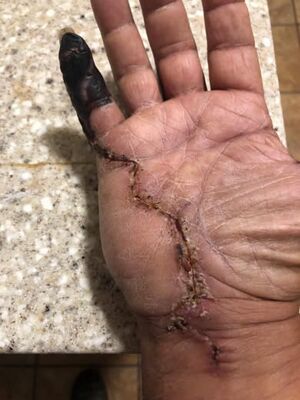
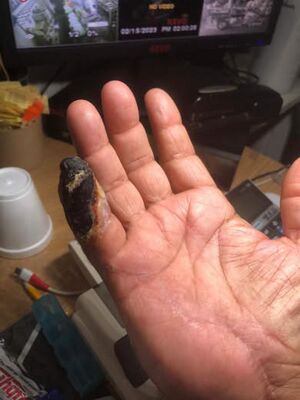
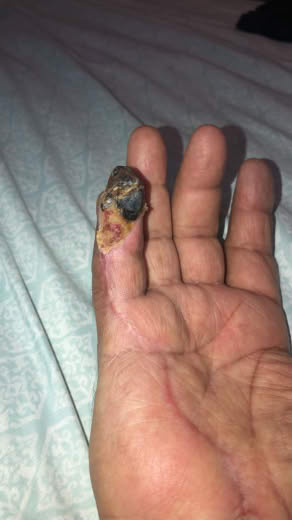
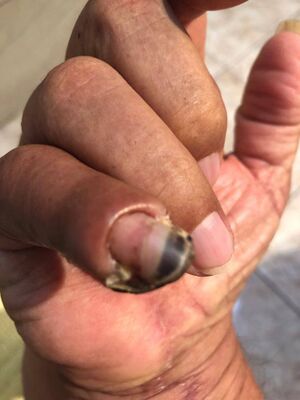
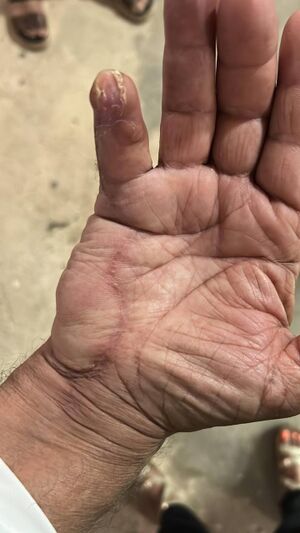
Case Report: Unconventional Recovery from Nosocomial Necrosis
Patient Presentation: A patient post-hand surgery developed nosocomial necrosis, a severe condition often deemed incurable within the medical community. The diagnosis prompted the surgical team to recommend amputation of the affected digit due to the extent of tissue damage.
Clinical Decision: Despite the medical team's recommendations, the patient declined the amputation. Instead, the patient opted for an alternative treatment method involving daily immersion of the affected finger in a concentrated Chlorine Dioxide Solution (CDS).
Treatment Administration: The patient self-administered the treatment by immersing the finger in the concentrated CDS solution on a daily basis. This unconventional approach was taken without formal medical supervision and outside standard clinical protocols.
Observations: Over a designated period, significant changes were observed in the condition of the affected finger. Photographic documentation captured the progression, showcasing what appeared to be substantial healing and regrowth of previously necrotic tissue.
Discussion: This case raises important questions regarding the efficacy of alternative treatments in managing severe conditions where conventional methods may have limited success. While traditional medical practices typically advocate for surgical intervention in cases of necrosis, this patient's experience presents a unique perspective on treatment options.
Conclusion: Further investigation is warranted to explore the potential benefits and risks associated with alternative therapies like CDS in necrotic conditions. As this case suggests, unexpected outcomes may provide valuable insights into treatment modalities that warrant further clinical evaluation.
